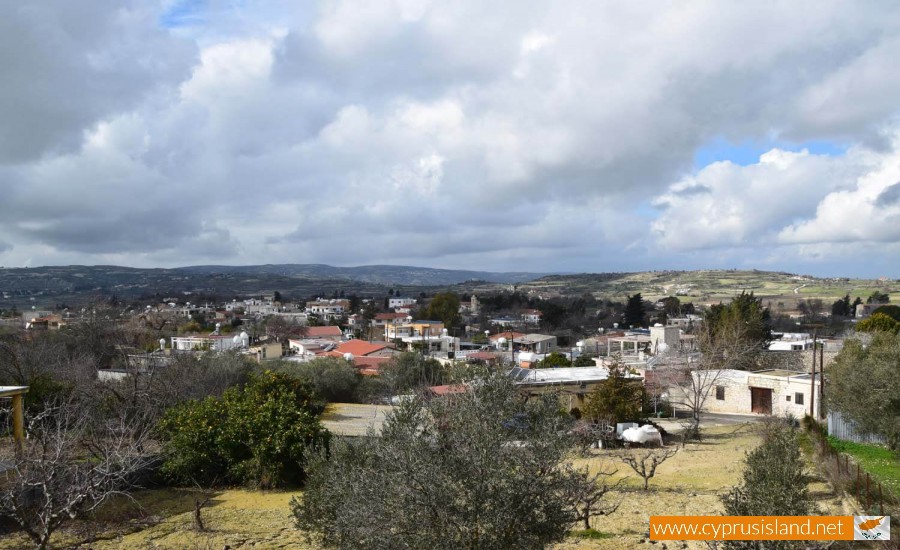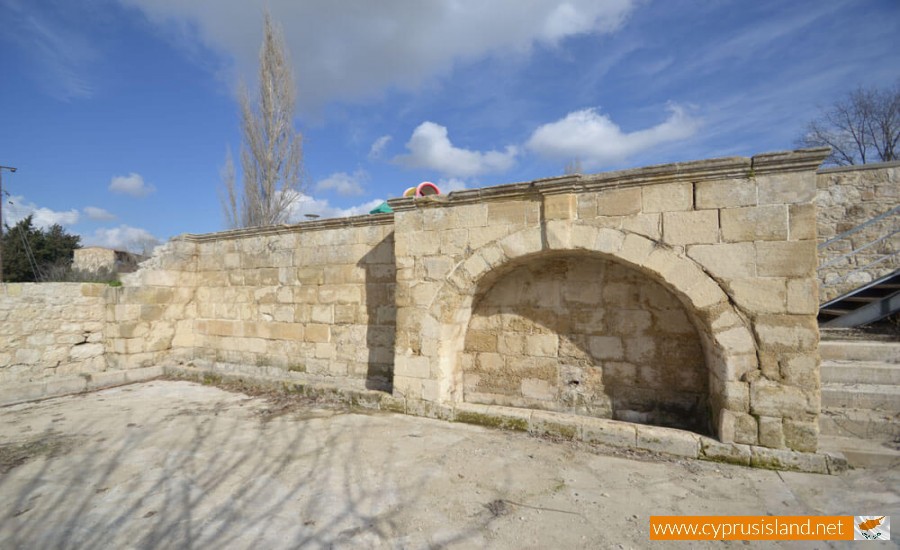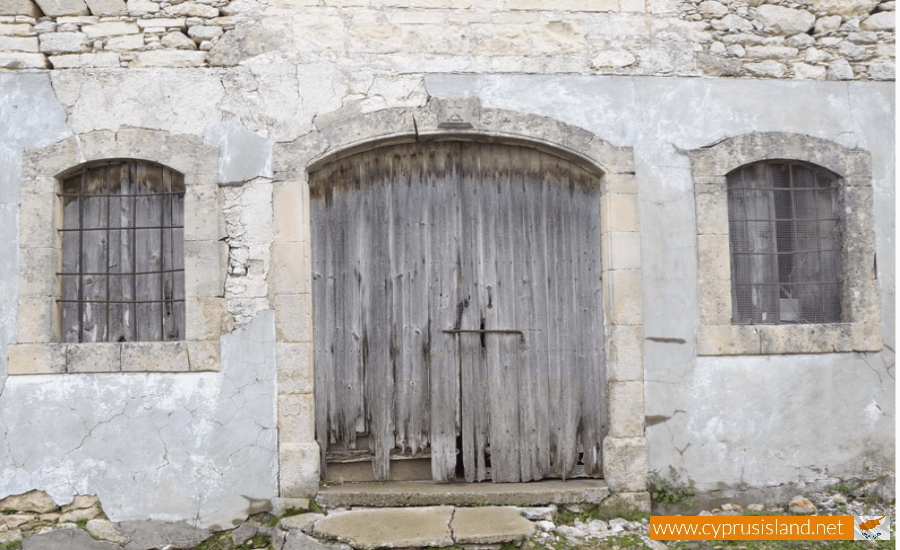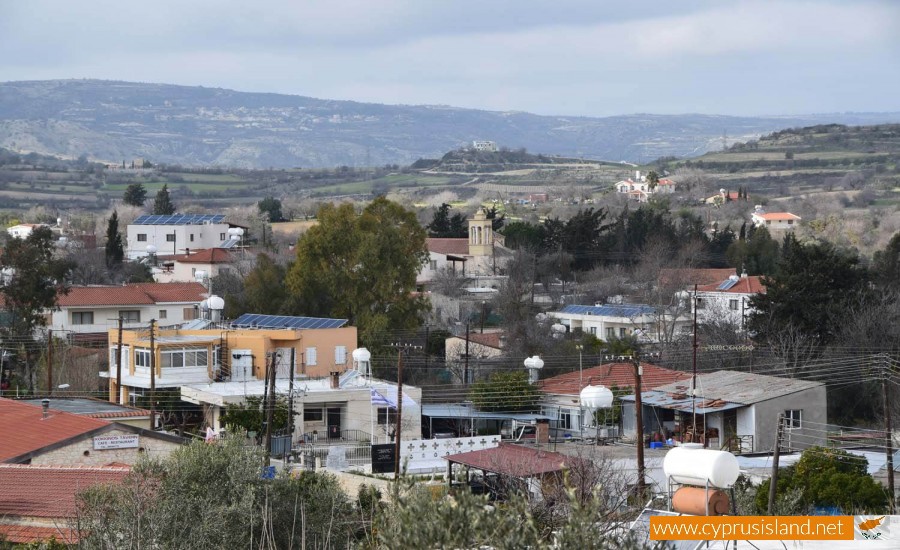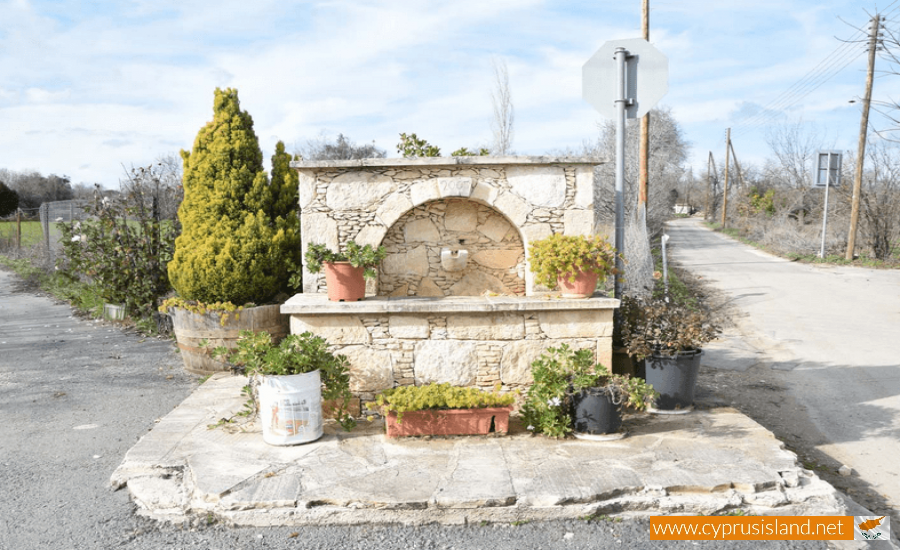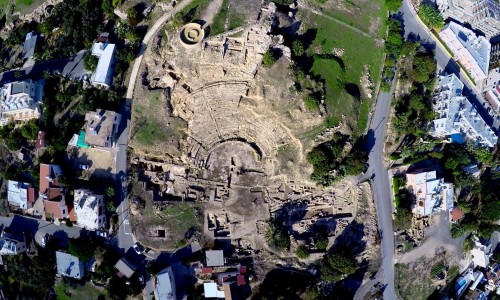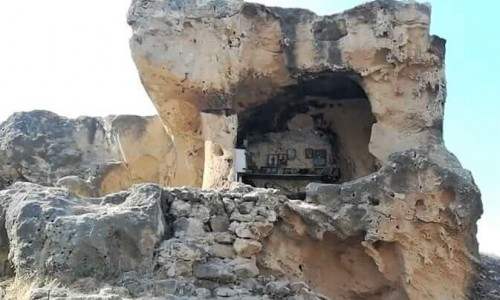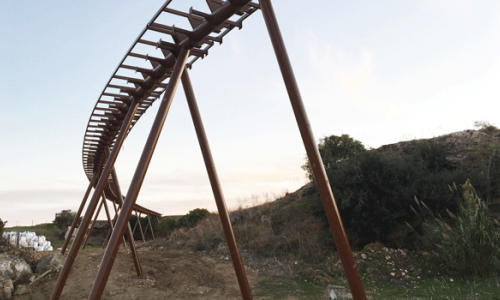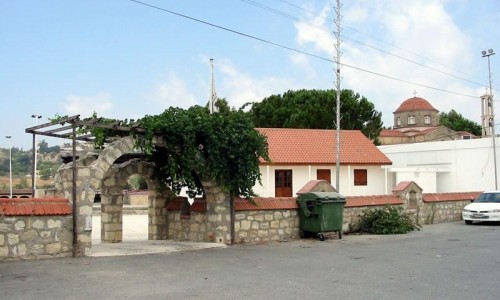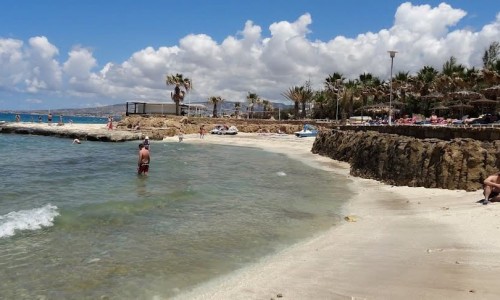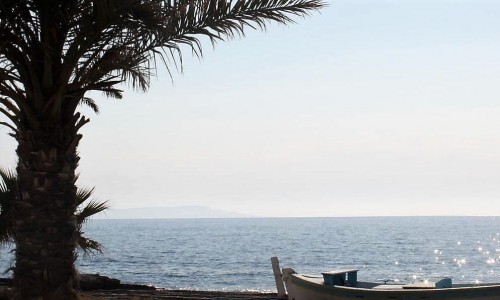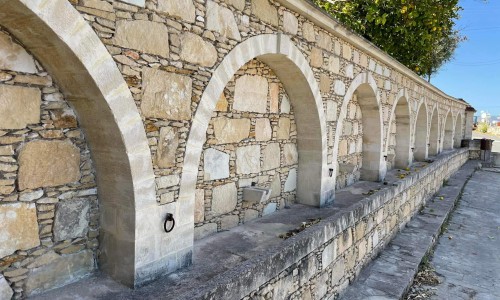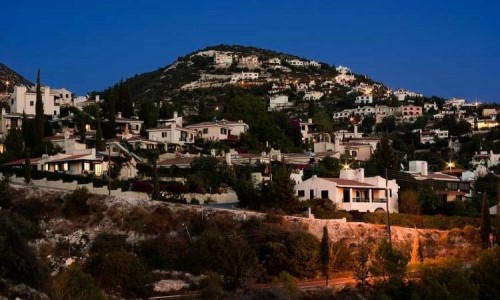Polemi Village
Polemi Village is located to the northeast of Paphos. The village has been known with the same name since the Byzantine years. It is included in the wine villages of the Limassol – Paphos geographical area. Polemi is about 17 kilometres from the town of Paphos with the west side of the village being at a distance of three kilometres from the main road that leads from Paphos to Polis Chrysochous. At the same time, the road network links Polemi with Psathi at 3 kilometres towards the northeast, and at 8 kilometres towards the southeast with Tsada. Until the 19th century, the village was the only a passage between Paphos and Polis Chrysochous.
The village has an average altitude of 460 metres, with the highest point being at the northwest side, which reaches 504 metres. As for the rainfall, the average is 637mm.The climate conditions in combination with the morphology of the ground, prompted the villagers to occupy themselves with the cultivation of vines. In particular, they mostly occupied with the cultivation of vineyards and then with the cultivation of apples. In 1985 Polemi was fourth amongst the villages in Paphos for its extent in vineyards.
Therefore, agricultural activities were a key occupation of the inhabitants, in contrast to livestock farming, which, as the numbers show, were not expanded. In 1985, a landmark year for the peak of the vineyard cultivation, only 251 sheep, 180 goats, 10 cows, 62 pigs and 1,900 chickens were raised.
The geographical position of Polemi , and in particular its neighbouring with the town of Paphos was a factor in the population increase until 1960. In 7 years from the catastrophic earthquake of 1953, the villages manages to hold the 10th place in population , amongst the villages of Paphos , while in 1982 it held the 11th place. It is obvious that during the last decades of the 20th century, Polemi was well as other villages in Cyprus were affected by urbanization. Through the available census data, we can conclude that despite the demographic blows the village of Polemi received; it remained one of the largest villages in Paphos.


